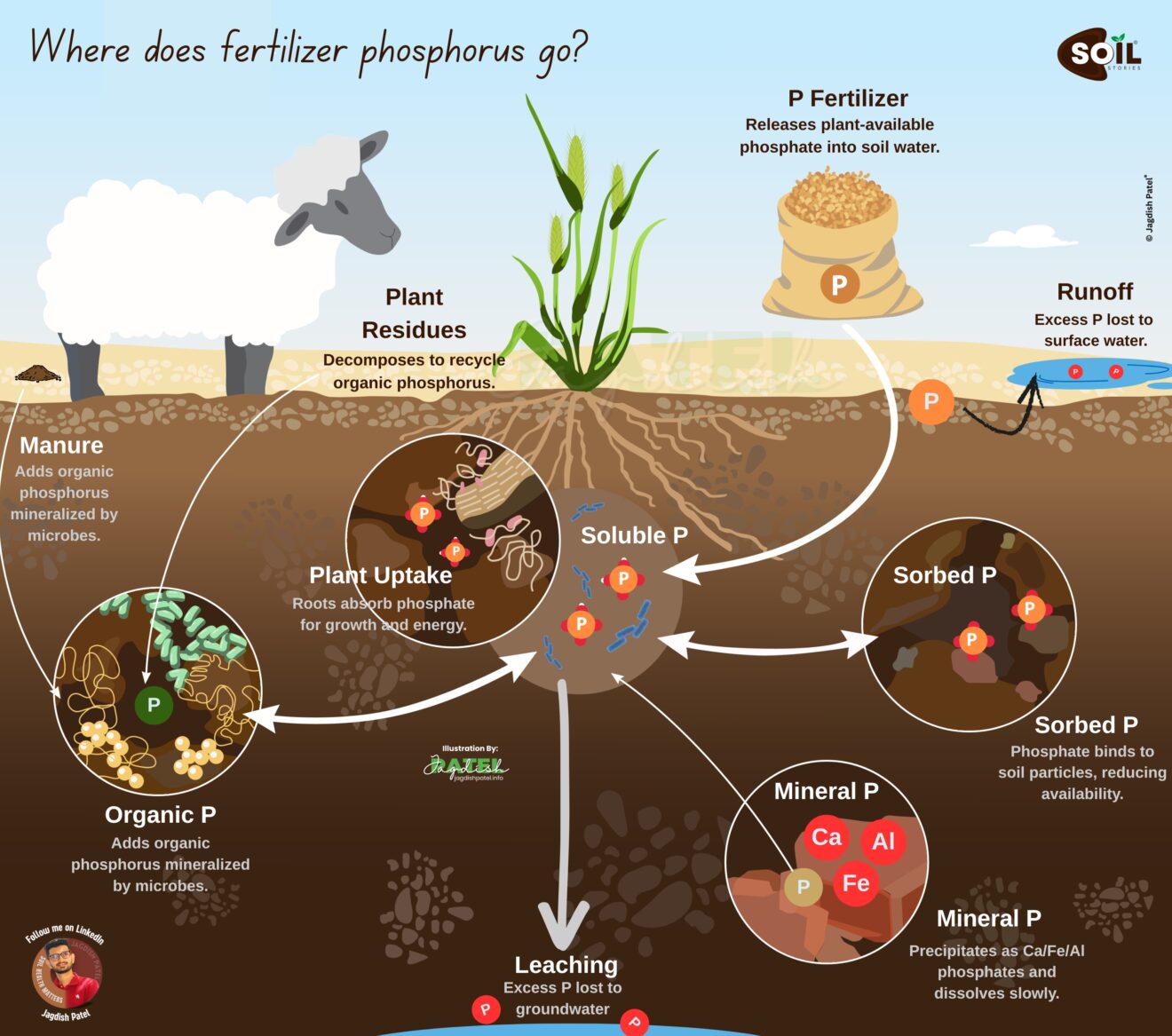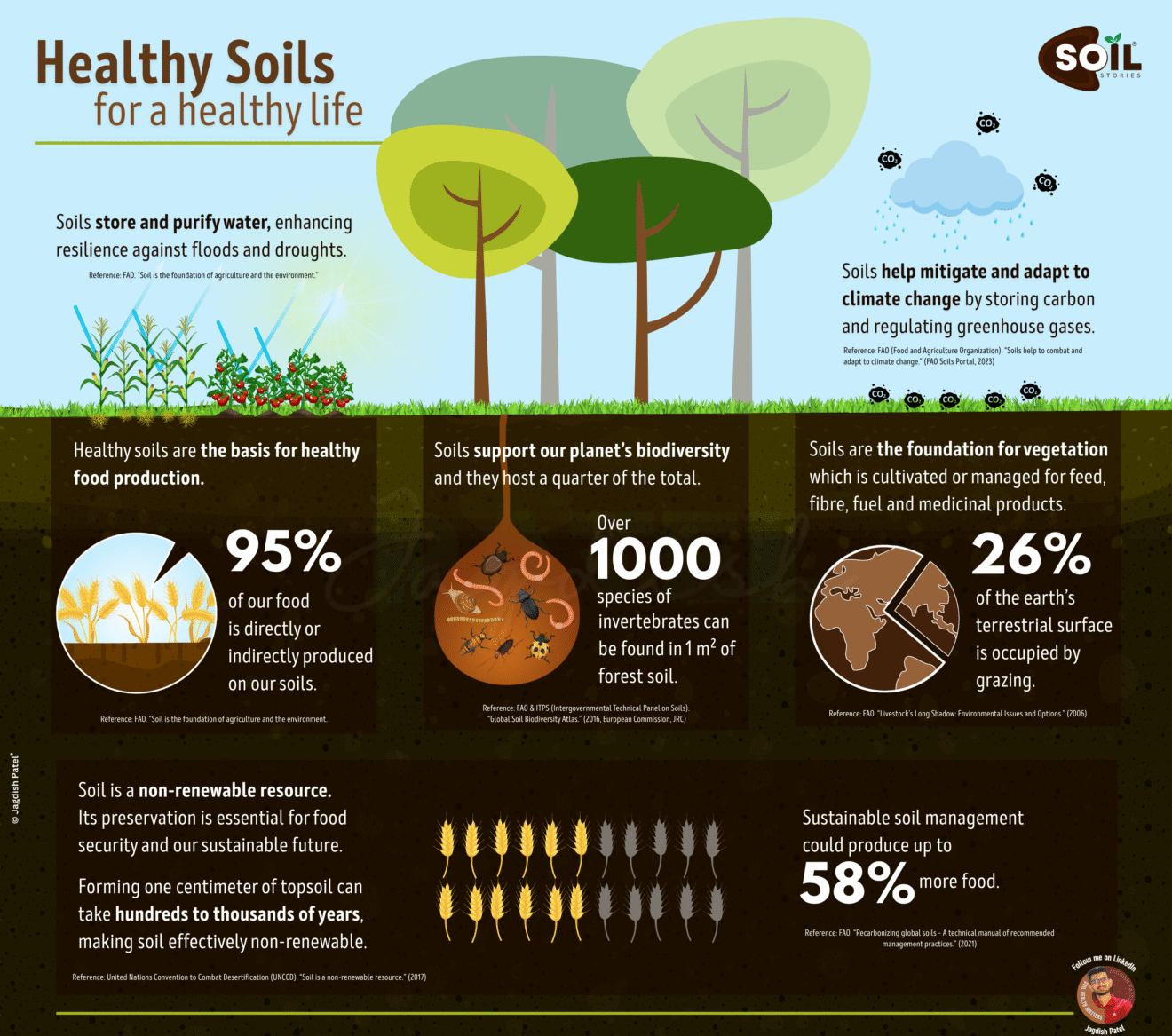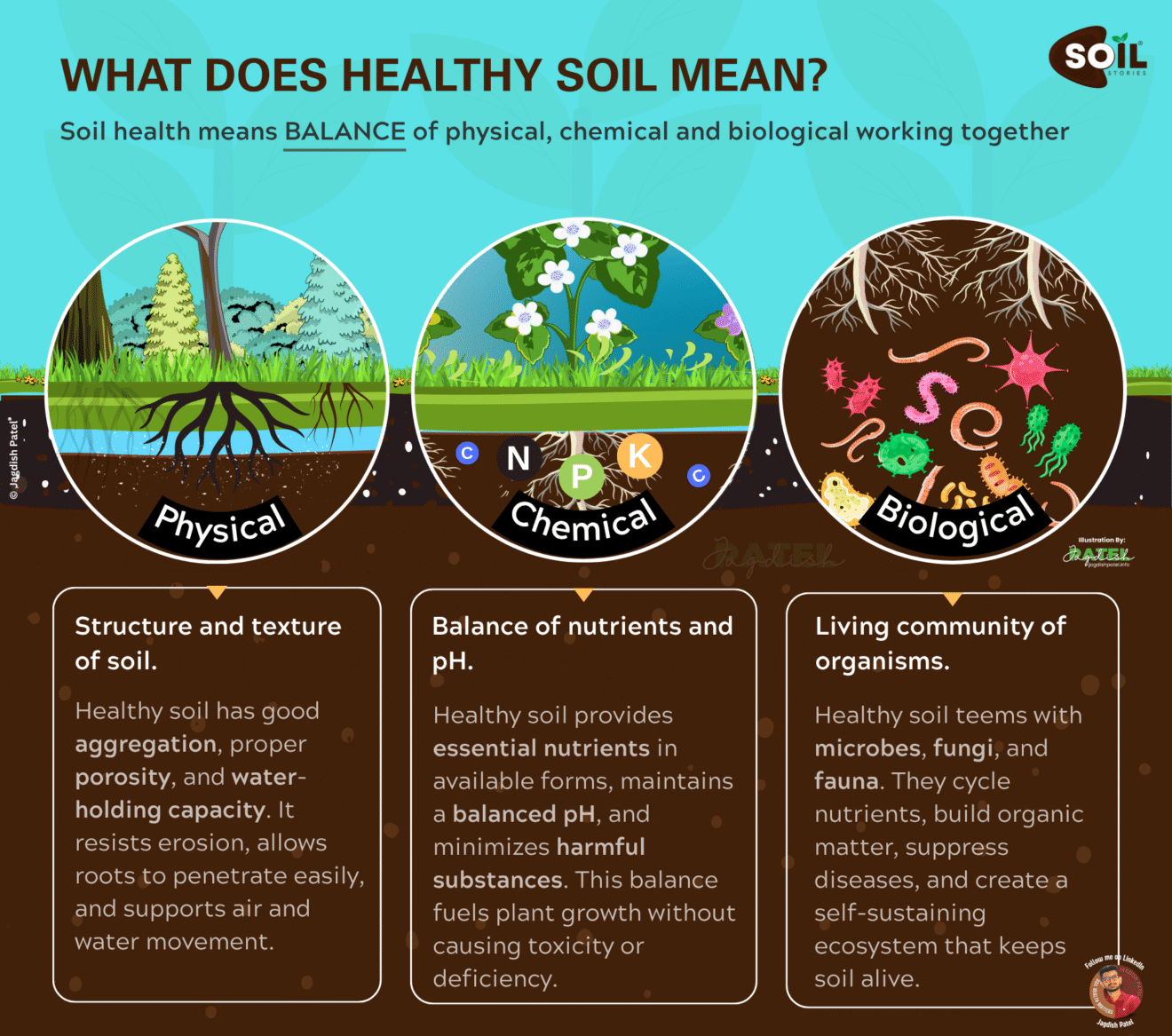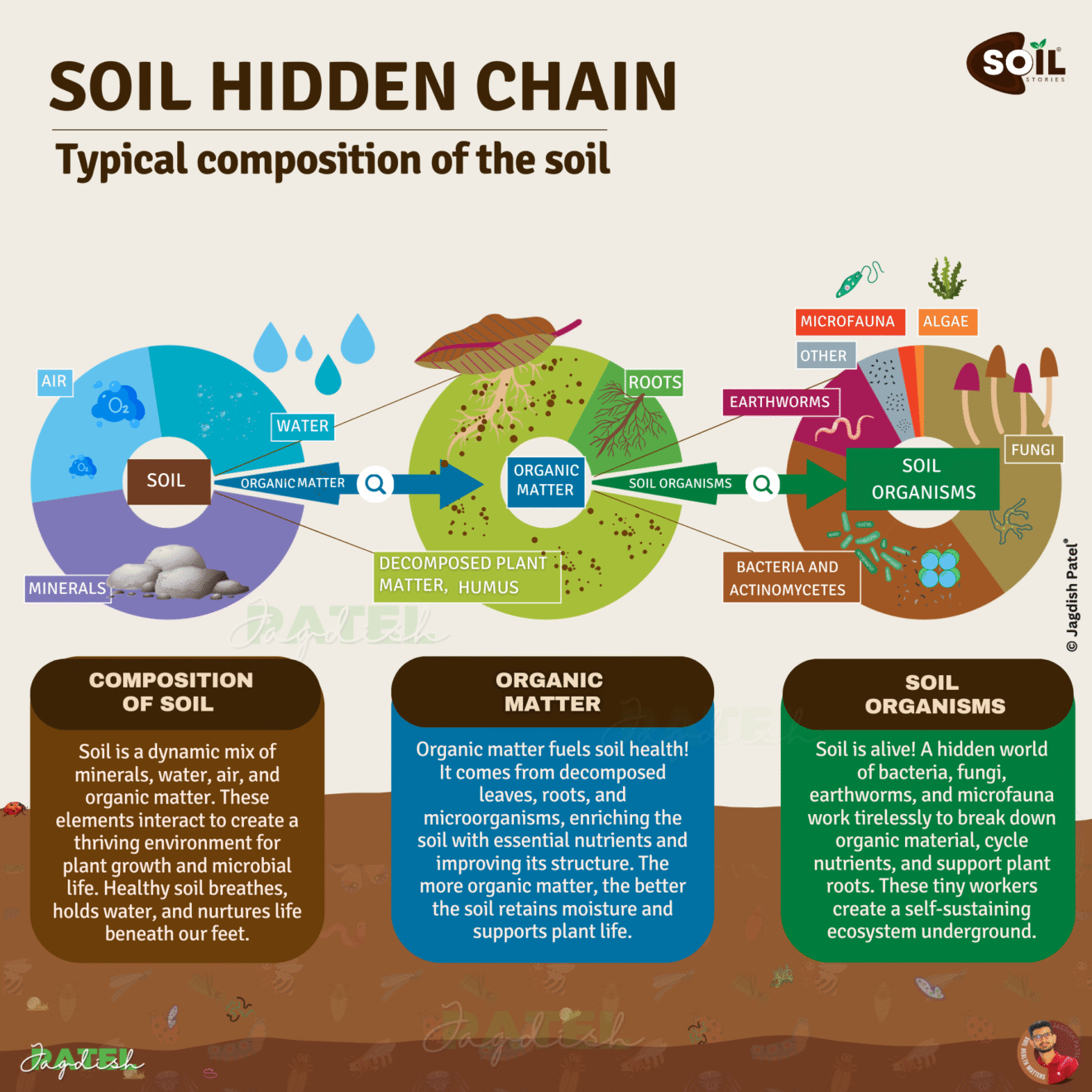For decades, plant biology has been framed around four essential factors: sunlight, water, temperature, and soil. These are the foundational elements we teach in schools, recommend in farming practices, and consider when evaluating crop performance. But in nature, these factors are not always present in balance.
There is a fifth, often overlooked factor: microbes.
In today’s era of degraded soils, unpredictable climates, and growing fertilizer dependence, it is time to rethink what plants truly need. Let us explore why microbes are the missing piece in the plant health puzzle.
What Are the Four Basic Needs of Plants?
| Need | Role in Plant Growth |
|---|---|
| Sunlight | Provides energy for photosynthesis |
| Water | Medium for nutrient transport and metabolism |
| Temperature | Regulates enzymatic and developmental activity |
| Soil | Physical anchor and nutrient reservoir |
However, real-world farming conditions are rarely ideal. Drought, poor soils, or heat stress are common. Despite this, plants often survive and even thrive. How? with microbes.
Why Do Plants Need Microbes?
Microbes are the unseen allies in the soil. These include bacteria, fungi, actinomycetes, and archaea. Among them, Plant Growth-Promoting Rhizobacteria (PGPR) and Plant Growth-Promoting Fungi (PGPF) are known for their powerful role in enhancing plant performance.
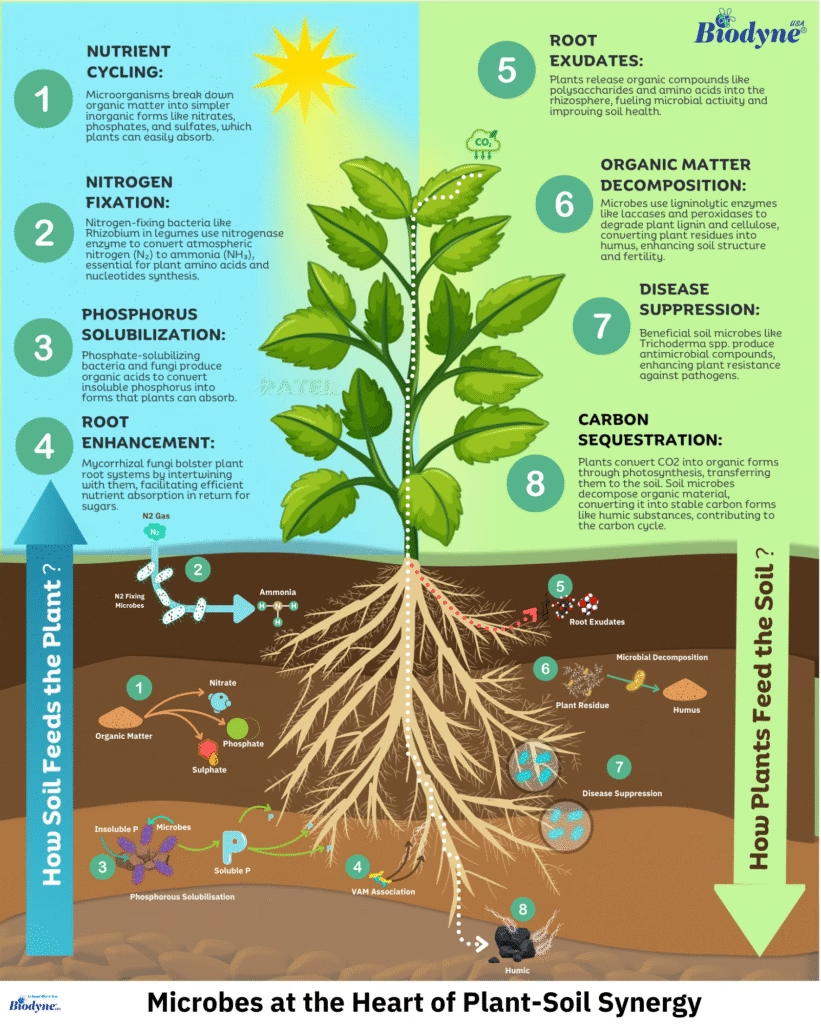
I created this visual for Biodyne USA to illustrate the powerful synergy between plants and soil microbes. It captures eight essential microbial functions that support plant growth and soil health, emphasizing how both systems feed and sustain each other.
8 Essential Reasons Why Plants Need Microbes
1. Nutrient Cycling
Soil microbes facilitate the breakdown and mineralization of complex organic materials into bioavailable forms, ensuring a continuous supply of essential nutrients to plants.
2. Nitrogen Fixation
Specialized microbes convert inert atmospheric nitrogen into ammonium or nitrate forms that plants can readily absorb and use for growth and development.
3. Phosphorus Solubilization
Phosphate-solubilizing microbes produce enzymes and organic compounds that mobilize bound phosphorus in the soil, improving its accessibility for plant roots.
4. Root Enhancement
By forming beneficial associations with plant roots, microbes enhance root architecture, increasing the root surface area and improving the uptake of water and nutrients.
5. Root Exudates Support Microbial Life
Plants secrete a range of organic compounds into the rhizosphere, which nourish microbial populations and create a feedback loop that benefits both plant and microbe.
6. Organic Matter Decomposition
Microbes decompose plant and animal residues, contributing to humus formation and enhancing soil structure, porosity, and moisture retention.
7. Disease Suppression
Many soil microbes act as natural biocontrol agents by inhibiting pathogens, enhancing plant immunity, and promoting a balanced soil microbial ecosystem.
8. Carbon Sequestration
Microbial activity helps stabilize carbon in the soil by converting organic matter into stable forms, playing a key role in climate regulation and long-term soil health.
What Happens When Microbes Are Missing?
Modern agricultural systems have unintentionally wiped out beneficial microbes through:
- Deep tillage
- Excess chemical fertilizers and pesticides
- Monocropping
- Poor organic matter inputs
As a result, soils become compacted, nutrient-inefficient, and biologically inactive. Yields stagnate. Crops become weak and disease-prone. The cost of inputs rises. The ecological balance collapses.
How to Reintroduce Microbial Life
Here are five practical steps to bring back beneficial microbes:
| Strategy | Benefit |
| Reduce tillage | Preserves microbial habitats |
| Apply organic matter | Feeds diverse microbial populations |
| Use microbial inoculants | Introduces beneficial strains to the soil |
| Diversify cropping systems | Encourages rich and balanced microbiomes |
| Minimize chemical dependency | Reduces disruption of microbial functions |
What Science Says
According to the FAO, soil microbes are responsible for more than 90 percent of nutrient transformations in the soil. A 2022 Nature study also found that microbial richness is directly linked to plant productivity and resilience under climate stress.
My Reflection
As a soil scientist and visual communicator, I have spent over a decade exploring the intricate relationships between plants, microbes, and soil systems. Over the years, it has become increasingly clear that microbes are not merely biological tools. They represent fundamental connectors within ecosystems and contribute to long-term soil health. Understanding their role allows us to move beyond input-based agriculture and toward systems that are adaptive, efficient, and biologically rich.Plants without microbes may still grow, but they cannot adapt, recover, or regenerate. Just like humans without community.
Please share this post if you believe farmers deserve more than fertilizer advice.
They deserve to know the life beneath their feet.

